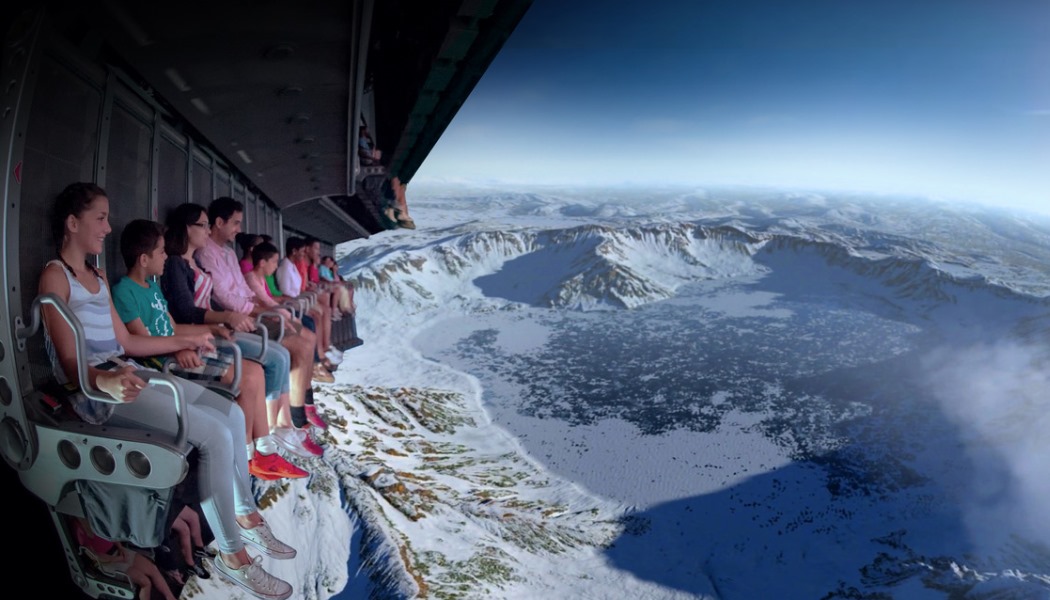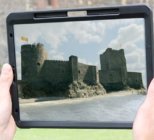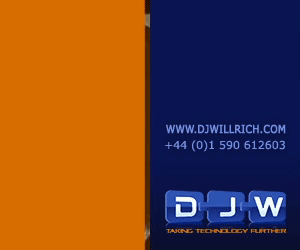When did you first realise the potential VFX had to offer the visitor attraction space?
For us, moving into the attraction and museum market was a natural decision for the business – stemming from the high quality visual effects work we were delivering in science-led, history and factual television genres. Having worked on some landmark projects for clients like the BBC and National Geographic, we were able to use these credentials as evidence, giving potential clients in the attraction space confidence in our ability to deliver the same standard of work on a different platform, whilst maximising the ambition to the budget.
Also, as audience expectations expanded for TV and film, this had a knock-on effect in the attraction and museum space; people became tired of static exhibits, instead wanting to be immersed and able to interact digitally. Visual effects has become a powerful tool for the industry to make unique material, for significantly less money too than you could ten years ago.
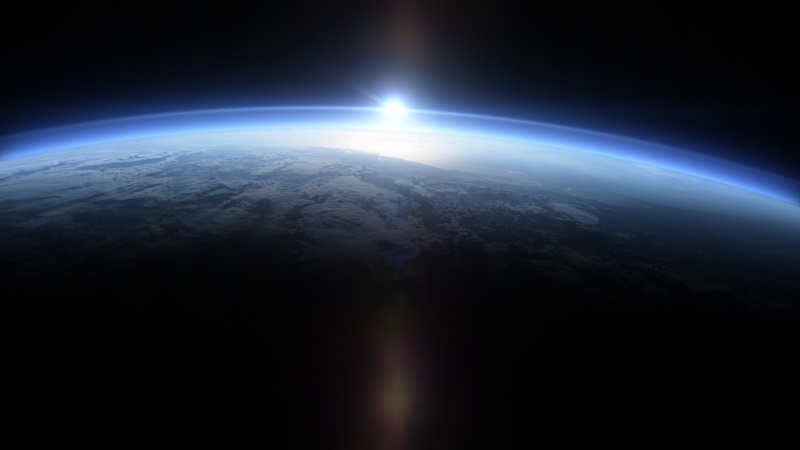
What are the key visual technologies being used in the attraction space right now? And how are these transforming visitors’ experiences?
It’s still a hybrid of old and new methods – practical and digital effects combined with scenics, projections, sound and lighting, with a clear objective to deliver the highest quality content and narrative, with the highest level of audience satisfaction and engagement. An interesting aspect our studio specialises in is the visualisation of real data, whereby we take data and extract it into an aesthetic visual that people can relate to and understand, which supplies attractions with truly unique assets.
Visual technology enhances the space and story of pre-existing buildings, working around architectural limitations to deliver a truly memorable experience for visitors. For example, a project we delivered for Fram Museum in Norway involved turning a triangular shaped building, designed to accommodate a full size ship, into a truly immersive experience which brought the incredible stories of famous Arctic and Antarctic explorers to life. This was achieved via an immense 18k, 280-degree field of view projection space viewed from the deck of the ship itself.
In the attraction space, you have a limited time to convey a story and capture the attention of the audience, so it’s about selecting the right technology to enable visitors to understand the story of the whole space.
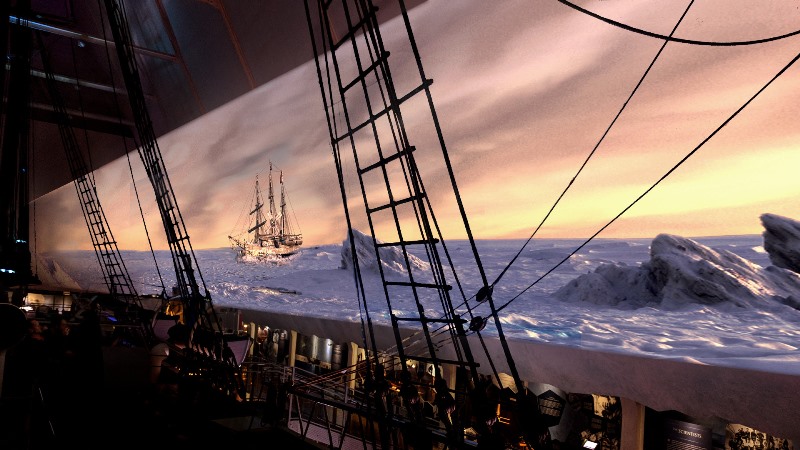
Is there a commonality to client briefs?
Good storytelling. If it’s a bad story, it doesn’t matter how you dress it up, it’s never going to have the level of engagement you want. In the attraction space, the story also needs to have mass appeal without lacking substance, as well as an element of reality and authenticity, while also incorporating an element of surprise. This can be a real challenge. Our role, as a VFX studio, is to seamlessly bring this static imagery to life, whether that be through sensory effects or implementing immersive visuals.
What has been your favourite project so far?
Our flying theatre 180-degree dome work is the most technically challenging, mainly because the shots are captured at 8k resolution with helicopters and drones which involves a lot of planning and set up. The studio really enjoys this type of project as it gives us the opportunity to develop our skills, editing and tracking the footage in its native format, unlike the standard technical process of unwrapping spherical 360 footage that is typically associated with VR.
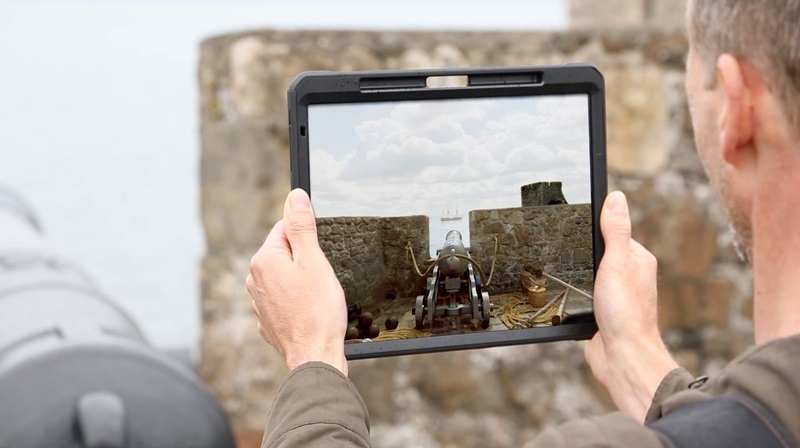
What do you predict will be next for visual tech in the attraction space?
Interestingly, I don’t predict VR and AR to take over though it has its place. The best quality visitor attractions are regarded in their ability to maintain a certain level of storytelling throughout the whole experience, offering a flowing journey from start to end. With VR, there is an on-going concern about maintenance and holding up the flow of visitors – an issue that an alternative, such as projection, can avoid. Museums need to get large groups of people through in an indeterminate time, and VR can be disruptive to this. Cinemas and flying theatres are still very much a social experience, whereas VR headsets are pretty insular. People want to be able to see if their children or family are enjoying the experience. VR is a move away from this collectively, which we need for our level of social engagement.
Are client briefs collaborative or set?
Clients will always have a rough idea or visual and physical references to work from, however we like to work collaboratively as a creative partner. When we are involved in the early stages we have much more of an influence on the outcome. As visual effects specialists we are at the frontier of technology and software developments, and it is this understanding of what’s possible technically which we can pair with creative ambition.

What should attractions consider before incorporating new technologies?
The main piece of insight I can offer is to avoid using certain technology just because it’s there. Knowing what works best and questioning if it will deliver, will give you the impact you want. Sometimes old-school techniques will be better but often get overlooked. We do use complex technologies and software, but the best effect will come from using a combination, ultimately thinking what the story is you want to tell and how to immerse the visitor.

